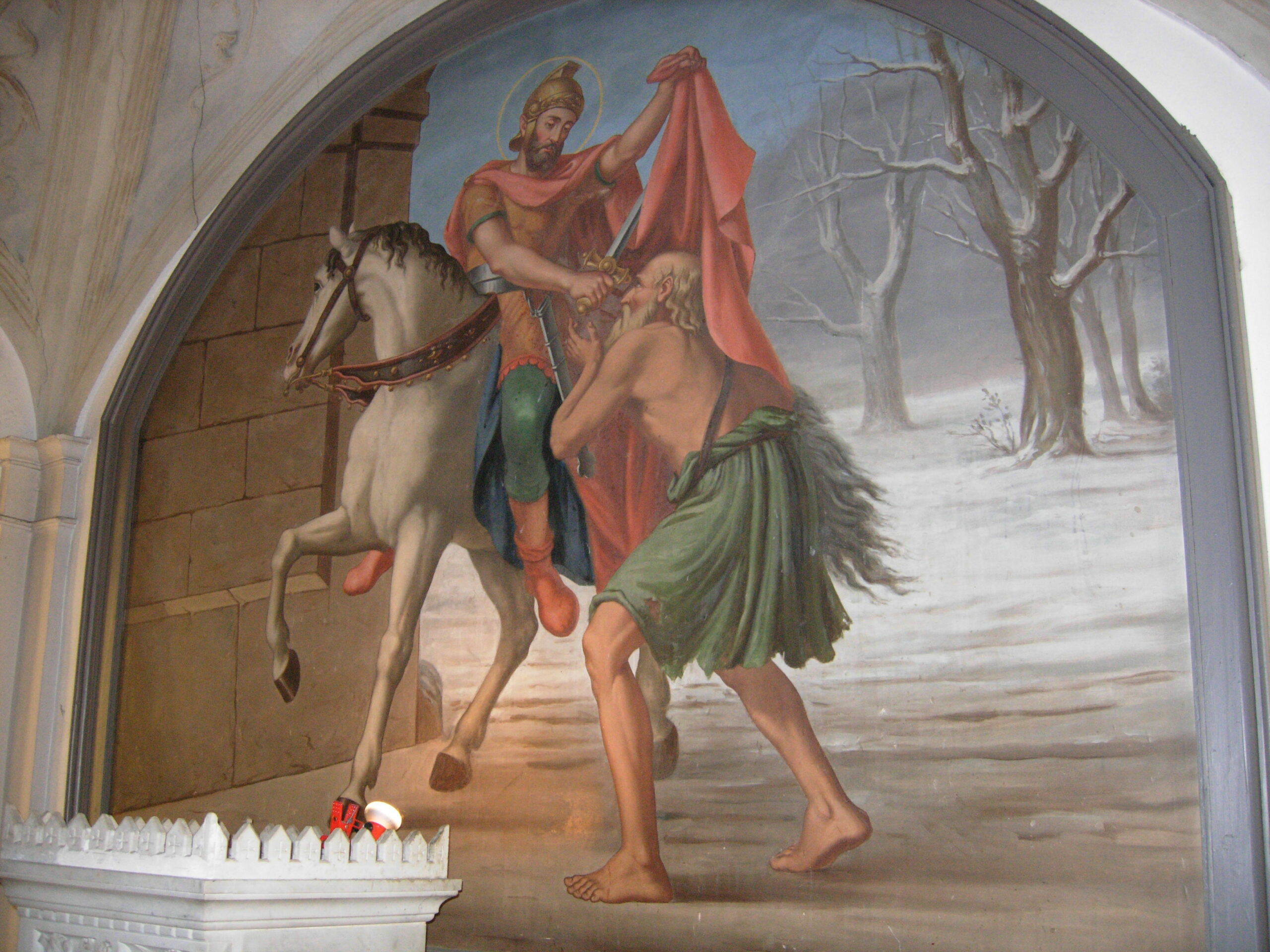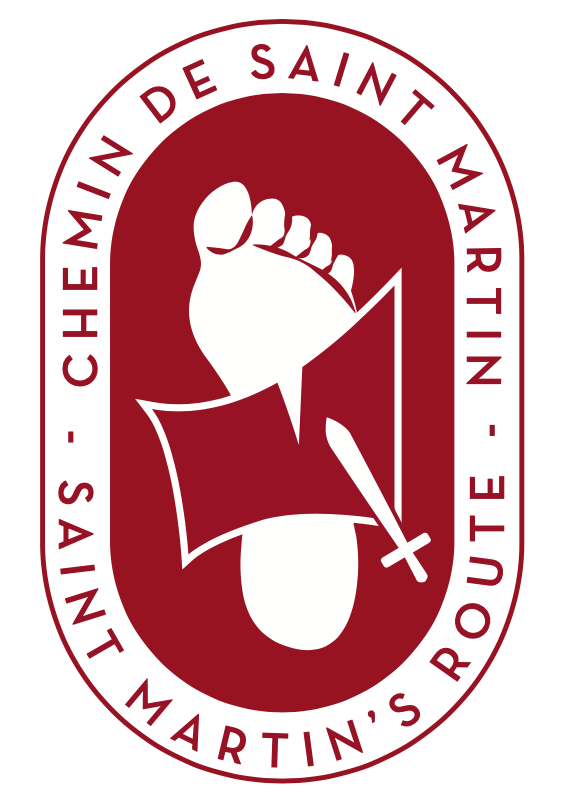SAINT MARTIN OF TOURS
EUROPEAN FIGURE, SYMBOL OF THE SHARING
Europe as a whole has been marked by the memory of Saint Martin of Tours since the 4th century. An indefatigable lifelong traveler throughout Europe, this European before his time, a symbol of the universal value of sharing, was born in 316 in Pannonia, the modern Hungary, to pagan parents. Raised in Pavia, in Italy, where his father was an officer in the Roman army, he was himself conscripted at around 15 years of age. In 337, while stationed at Amiens in France, he cut his cloak in half and shared it with a beggar who was dying of cold.
He subsequently had a revelation of faith and converted to Christianity. In 356, he was freed from military service while at Worms in Germany and became a disciple of St Hilary, Bishop of Poitiers, in France, who trained him. Having returned to the home of his parents in Pannonia, he converted his mother. After a period spent in Milan, in Italy, he sought refuge on the island of Gallinaria, off the Ligurian coast. Back in France, he returned to Hilary’s side. Living as a hermit near Poitiers, he founded the monastery of Ligugé, the first in western Europe.
The people of Tours acclaimed him as their bishop on 4 July 371. He founded the nearby monastery of Marmoutier and, during his frequent journeys across part of Europe, the first rural churches in Gaul (Germany, Luxembourg, Switzerland, Spain…). Saint Martin died at Candes on 8 November 397 and was buried in Tours on 11 November.




